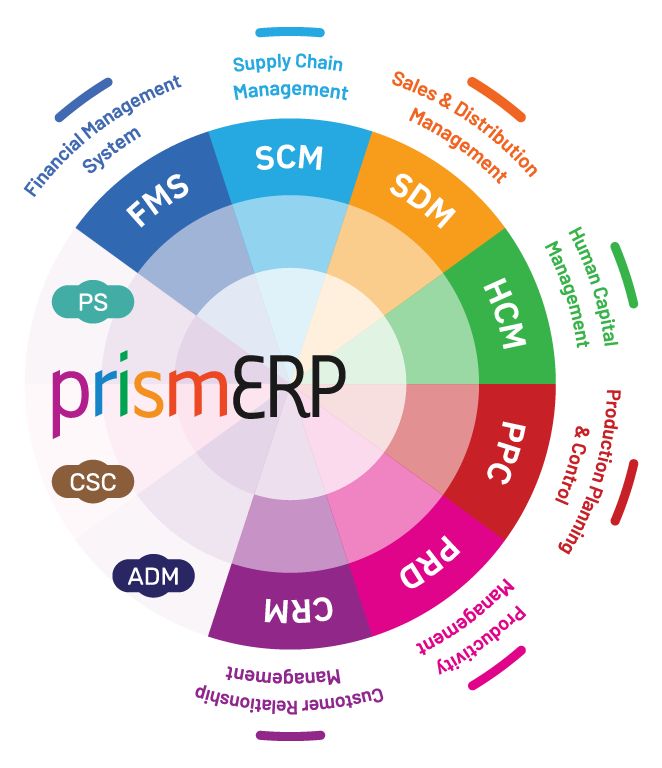Enterprise automation is the use of software to streamline labor-intensive or repetitive business procedures. Keeping track of and managing inventory can be done as simply as utilizing a spreadsheet. On the other hand, it might be as complicated as a system of connected applications that fully automate a business’s operational procedures.
There are four types of Enterprise Automation which are described below:
Basic Automation:
A type of enterprise automation known as basic automation carries out processes without the need for user involvement. This phrase refers to the automation of manual, repetitive labor. IT, marketing, sales, and operations are where it is most commonly used. The establishment of reporting dashboards, task generation and assignment based on information obtained from an application or website, and time tracking for a particular work or project are all instances of basic automation. Like:
– Sending a welcome email or a personalized message to every new register for your service automatically
– Automatically filling out a form on a checkout page with information such your address and phone number
– Banning all comments including the phrase “spam” automatically.
Process Automation:
Software that streamlines a team’s procedures is called process automation (also known as business process automation) in enterprise automation. Process automation attempts to assist the team in comprehending and adhering to their processes, ensuring that everyone is aware of what has to be done.
Teams may easily keep track of their operations with the use of process automation software. Teams can utilize an automated system to document and exchange information such as how to execute a work as well as how that task fits into the wider organizational strategy rather than depending on antiquated techniques like binders full of documents or emails.
 Integration Automation:
Integration Automation:
Automation for integration integrates devices, data, and applications. By developing a single, unified platform with automated workflows, this is accomplished. These processes are used to link various hardware and software programs so they may communicate and work independently.
Utilizing this method enables firms to manage a wide range of apps and procedures more easily. By removing the need for human input in certain procedures, firms can save time and money by automating these integrations. By removing human error from the equation, automated integrations also guarantee consistency and quality control.
Robotic Process Automation:
Robotic process automation (RPA) software does repetitive, volumetric activities that adhere to predefined criteria. Without human involvement, rule-based tasks are completed by the RPA software, which functions as a digital workforce. It accomplishes this by mimicking human behavior and using employee-style access to programs.
RPA robots can finish up to 60% of all corporate operations, according to a Forrester analysis on the subject. That’s a large chunk of time that can now be devoted by people to higher-order thinking and more beneficial work, which will ultimately increase the ROI and productivity of the organization.
Source: https://nanonets.com/blog/guide-to-enterprise-automation/






